Content Menu
● Understanding Electric Golf Cart Motors
● Typical Lifespan of Electric Golf Cart Motors
● Factors Affecting Motor Longevity
>> Usage Patterns
>> Maintenance Practices
>> Environmental Conditions
>> Quality of Components
>> Driving Habits
● Signs of Motor Wear
● Extending Motor Life
>> Regular Maintenance
>> Proper Battery Care
>> Avoid Overloading
>> Smooth Driving
>> Protection from Elements
● Upgrading Your Motor
● The Impact of Technology
● Case Studies
● Environmental Considerations
● Future of Electric Golf Cart Motors
● Conclusion
● Frequently Asked Questions
>> 1. How often should I service my electric golf cart motor?
>> 2. Can I replace the brushes in my electric golf cart motor myself?
>> 3. How does temperature affect the lifespan of an electric golf cart motor?
>> 4. Is it worth upgrading to a more powerful motor for my golf cart?
>> 5. How can I tell if my electric golf cart motor needs to be replaced?
Electric golf carts have become increasingly popular due to their eco-friendly nature and low maintenance requirements. One of the most crucial components of these vehicles is the electric motor, which powers the cart and determines its performance. In this comprehensive guide, we'll explore the lifespan of electric golf cart motors, factors affecting their longevity, and tips to extend their life.
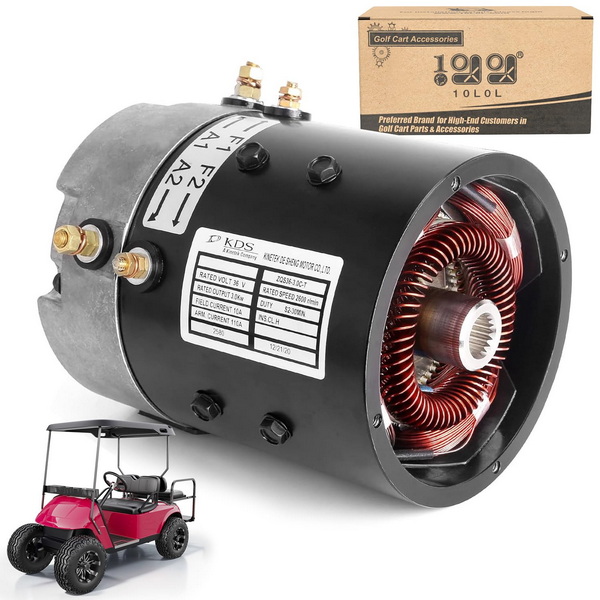
Understanding Electric Golf Cart Motors
Electric golf cart motors are the heart of these vehicles, responsible for converting electrical energy from the batteries into mechanical energy to propel the cart. These motors are typically brushed DC motors, known for their reliability and simplicity.
Typical Lifespan of Electric Golf Cart Motors
The lifespan of an electric golf cart motor can vary significantly depending on various factors. On average, a well-maintained electric golf cart motor can last between 20 to 30 years. However, this is not a fixed number, and many motors can exceed this expectation with proper care and maintenance.
Factors Affecting Motor Longevity
Several factors influence how long an electric golf cart motor will last:
Usage Patterns
The frequency and intensity of use play a significant role in determining motor lifespan. Golf carts used daily or for extended periods will naturally experience more wear and tear compared to those used occasionally.
Maintenance Practices
Regular maintenance is crucial for extending the life of an electric golf cart motor. This includes:
- Keeping the motor clean and free from debris
- Checking and tightening electrical connections
- Lubricating moving parts as recommended by the manufacturer
Environmental Conditions
The environment in which the golf cart operates can impact motor longevity. Exposure to extreme temperatures, humidity, or corrosive elements can accelerate wear.
Golf cart in various weather conditions
Quality of Components
The quality of the motor and associated components significantly affects lifespan. Higher-quality motors made with durable materials tend to last longer.
Driving Habits
Aggressive driving, frequent starts and stops, and overloading the cart can put additional stress on the motor, potentially shortening its lifespan.
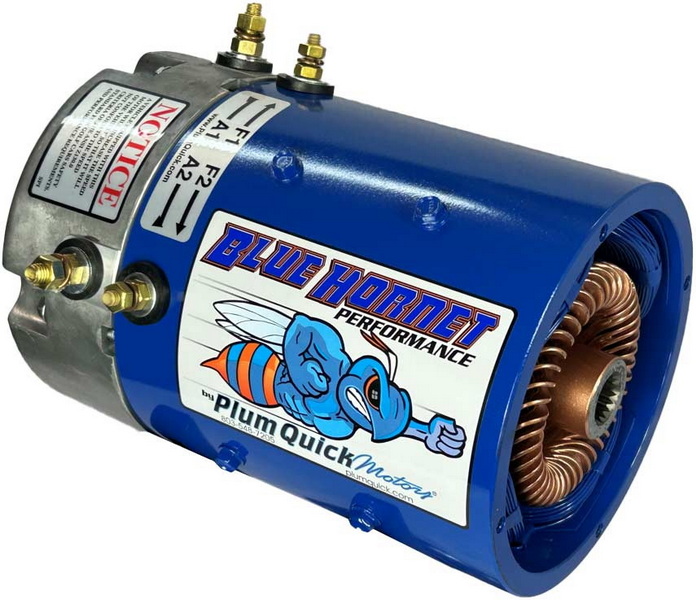
Signs of Motor Wear
To ensure optimal performance and longevity, it's essential to recognize signs of motor wear:
1. Unusual noises during operation
2. Decreased power or performance
3. Excessive heat generation
4. Visible wear on brushes or commutator
Extending Motor Life
To maximize the lifespan of your electric golf cart motor, consider the following tips:
Regular Maintenance
Adhere to the manufacturer's recommended maintenance schedule. This typically includes:
- Periodic inspections
- Cleaning the motor and surrounding components
- Checking and replacing brushes when necessary
Proper Battery Care
The health of your golf cart's batteries directly impacts motor performance. Ensure batteries are:
- Charged properly
- Kept clean and free from corrosion
- Replaced when they no longer hold a charge effectively
Avoid Overloading
Respect the weight limits specified by the manufacturer. Overloading puts unnecessary strain on the motor and other components.
Smooth Driving
Practice smooth acceleration and braking to reduce stress on the motor. Avoid sudden starts and stops when possible.
Protection from Elements
When not in use, store your golf cart in a covered area to protect it from harsh weather conditions.
Upgrading Your Motor
If your golf cart motor is nearing the end of its life, or if you're looking for improved performance, consider upgrading to a more powerful or efficient motor. Modern motors often offer:
- Improved energy efficiency
- Higher torque and speed capabilities
- Enhanced durability
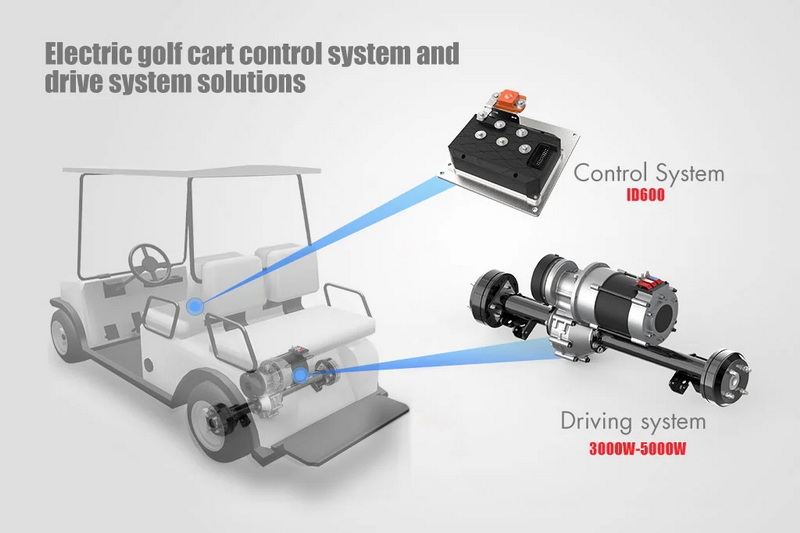
The Impact of Technology
Advancements in electric motor technology have led to significant improvements in longevity and performance. Newer motors often feature:
- Brushless designs for reduced wear
- More efficient cooling systems
- Advanced materials for improved durability
These technological improvements can contribute to longer motor lifespans and better overall performance.
Case Studies
To illustrate the potential longevity of electric golf cart motors, let's look at a few real-world examples:
1. The 30-Year-Old Wonder: A golf course in Florida reported a fleet of electric carts with original motors still running strong after 30 years of daily use. The key? Rigorous maintenance and gentle usage patterns.
2. The High-Mileage Marvel: A private owner documented over 50,000 miles on their electric golf cart's original motor. Regular servicing and careful driving habits contributed to this impressive feat.
3. The Extreme Conditions Survivor: In a desert resort, electric golf carts exposed to extreme heat and sand still maintained operational motors for over 15 years, thanks to diligent cleaning and protection practices.
These cases demonstrate that with proper care, electric golf cart motors can far exceed their expected lifespan.
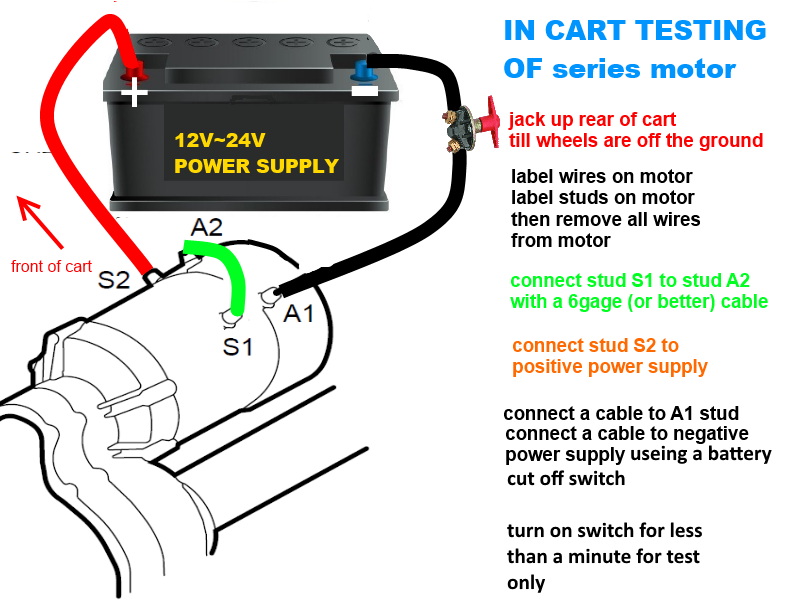
Environmental Considerations
The longevity of electric golf cart motors not only benefits owners financially but also has positive environmental implications:
- Reduced need for replacement parts
- Lower resource consumption for manufacturing new motors
- Decreased waste from discarded motors
By extending the life of your golf cart's motor, you're contributing to a more sustainable approach to vehicle ownership.
Future of Electric Golf Cart Motors
As technology continues to advance, we can expect to see further improvements in electric golf cart motor design and efficiency. Some potential developments include:
- Integration of smart technologies for predictive maintenance
- Use of more sustainable and recyclable materials
- Increased power-to-weight ratios for improved performance
These advancements may lead to even longer-lasting motors in the future.
Conclusion
Electric golf cart motors have proven to be remarkably durable components, with the potential to last 20 to 30 years or more under optimal conditions. The key to maximizing motor lifespan lies in regular maintenance, proper usage, and protection from harsh environmental factors. By following the guidelines outlined in this article, golf cart owners can ensure their motors continue to perform efficiently for years to come.
As technology progresses, we can anticipate even more robust and long-lasting motors, further enhancing the value and sustainability of electric golf carts. Whether you use your cart for leisure, work, or transportation, understanding and caring for your electric motor will contribute to a longer-lasting, more reliable vehicle.
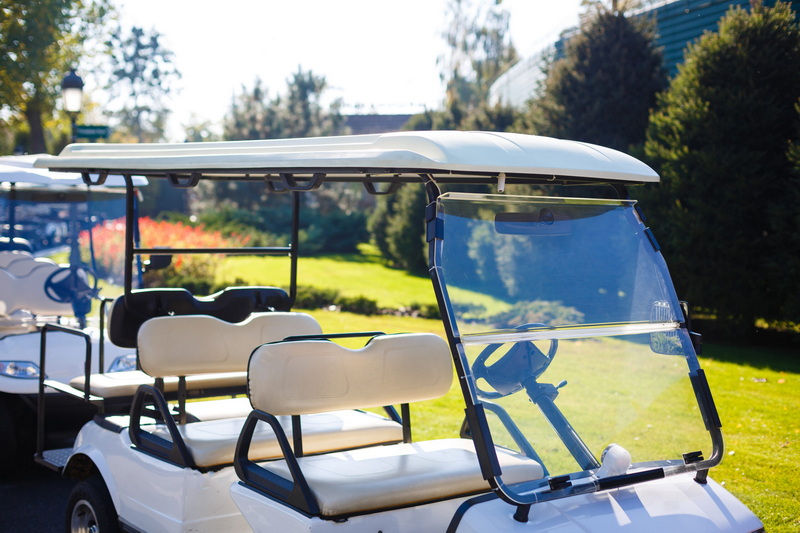
Frequently Asked Questions
1. How often should I service my electric golf cart motor?
Regular servicing is crucial for maintaining your electric golf cart motor. It's recommended to have a professional inspection at least once a year or every 1,000 miles, whichever comes first. However, more frequent checks may be necessary if you use your cart extensively or in harsh conditions.
2. Can I replace the brushes in my electric golf cart motor myself?
While it's possible to replace motor brushes yourself if you have some mechanical knowledge, it's generally recommended to have this done by a professional. Improper brush replacement can lead to motor damage or reduced performance. If you decide to do it yourself, ensure you follow the manufacturer's guidelines closely.
3. How does temperature affect the lifespan of an electric golf cart motor?
Temperature extremes can significantly impact motor lifespan. High temperatures can cause overheating and accelerate wear on components, while very low temperatures can affect lubrication and potentially lead to moisture-related issues. Storing your golf cart in a temperature-controlled environment when possible can help mitigate these effects.
4. Is it worth upgrading to a more powerful motor for my golf cart?
Upgrading to a more powerful motor can be worthwhile if you need increased performance or if your current motor is nearing the end of its life. However, it's important to consider factors such as compatibility with your cart's existing systems, battery capacity, and your specific usage needs before making this decision.
5. How can I tell if my electric golf cart motor needs to be replaced?
Signs that your motor may need replacement include persistent loss of power, unusual noises (such as grinding or squealing), excessive heat generation during operation, visible damage or wear on motor components, and a significant decrease in range or performance that can't be attributed to battery issues.












































